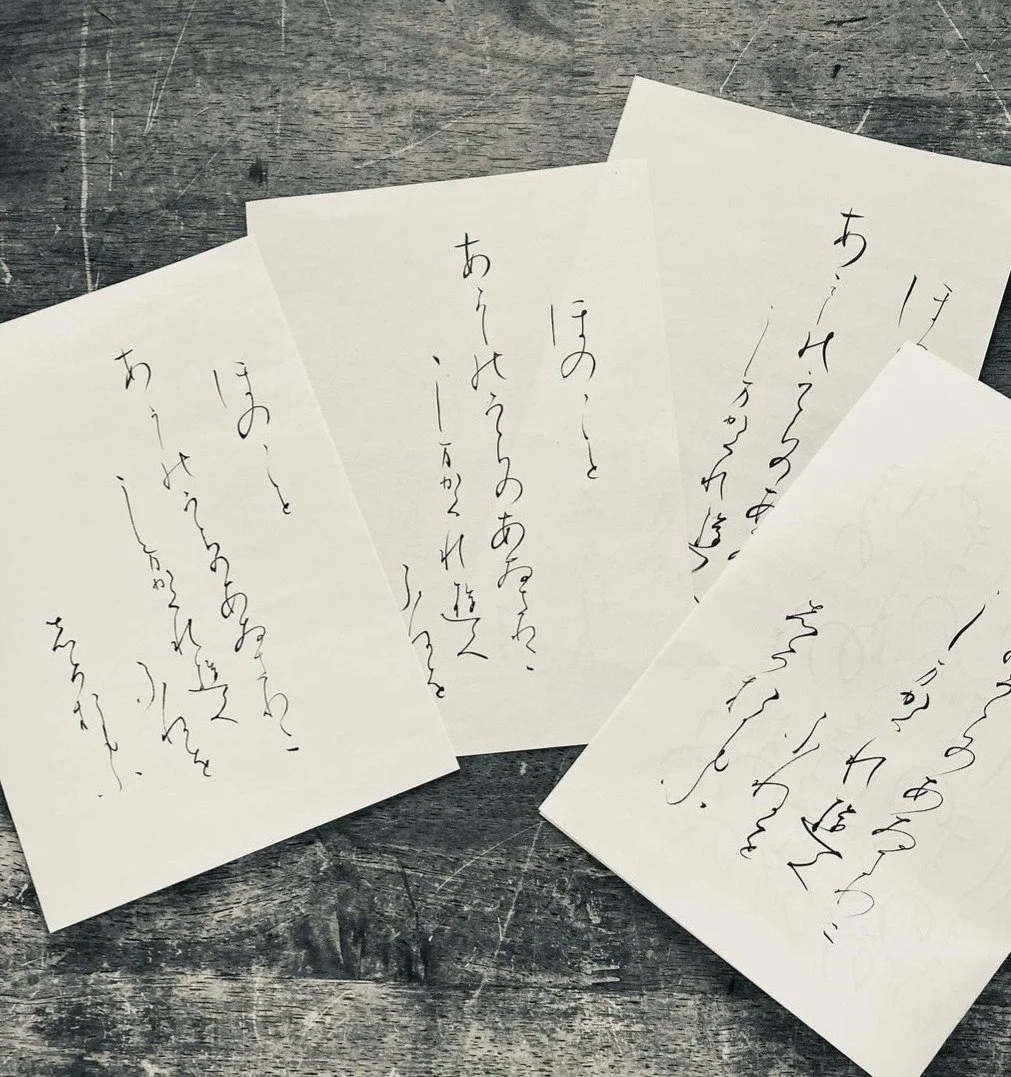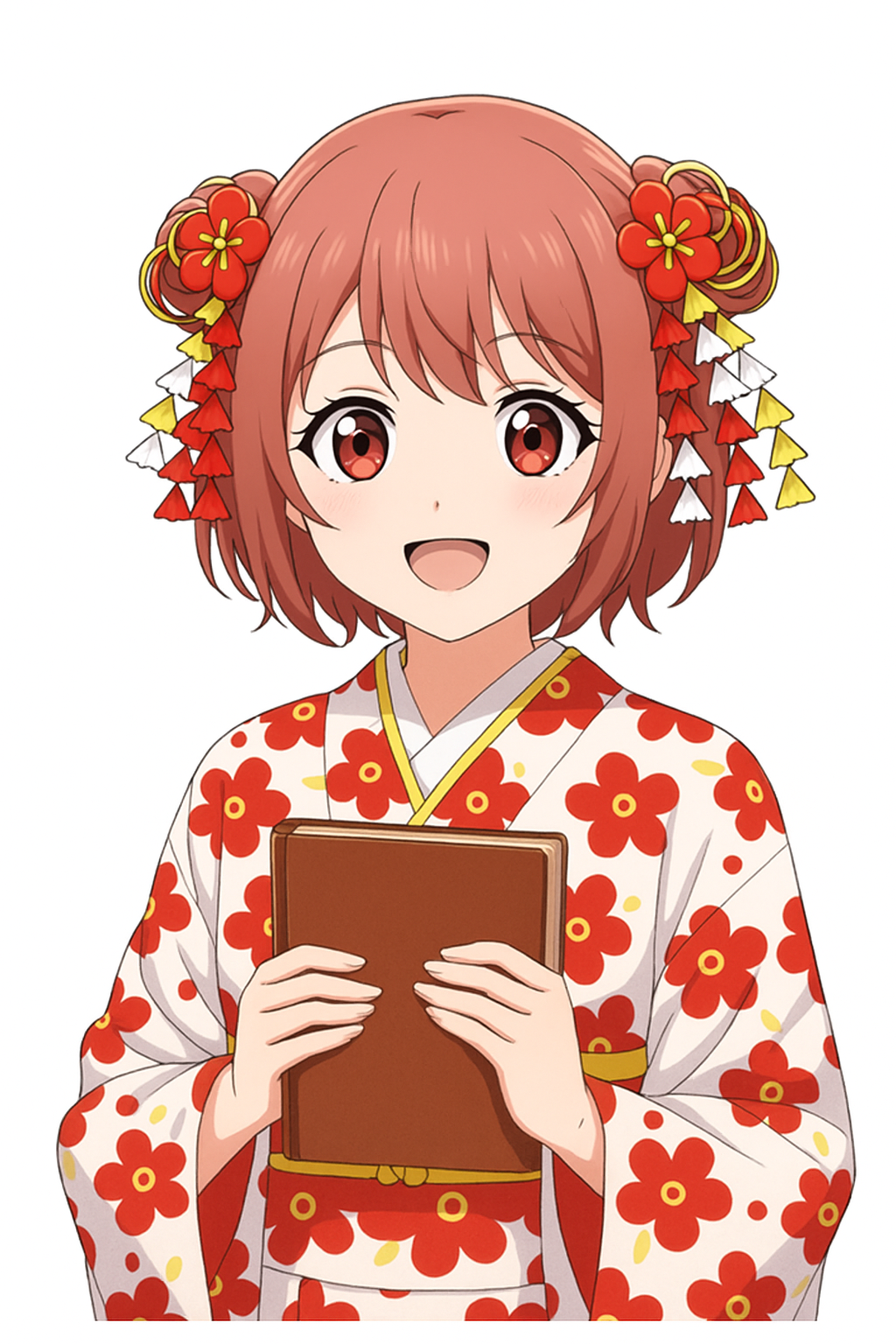The Line That Changed Japanese Calligraphy
In the 15th century, in a quiet temple on Japan’s western coast, a young monk named Sesshū Tōyō was wrestling with the art of shodō — Japanese calligraphy. The temple was part of a strict Zen order where silence, repetition, and self-discipline shaped every day. Monks woke before dawn, meditated for hours, and practiced brushwork as a form of meditation rather than art.
For Sesshū, this discipline was both a calling and a struggle. He had natural talent — his brushstrokes carried energy and movement — but his teacher saw them as undisciplined. To master shodō, one had to quiet the self completely, letting the brush move without ego or emotion. Sesshū’s strokes, by contrast, betrayed too much spirit.
After one lesson too many ended in reprimand, Sesshū sat alone in the hall. The air was heavy with incense; the floorboards were cool beneath him. He had no ink, no brush — only the dust that clung to the wooden floor and a few tears of frustration. He drew one line. Just one. His finger traced through the dust and moisture, steady and calm.
Later, his teacher returned and stopped at the sight of it. The line was alive — balanced yet forceful, simple yet complete. It seemed to carry not technique but consciousness. The teacher quietly said, “Now you understand bokuseki — the trace of the mind.”
That single gesture marked the beginning of Sesshū’s transformation. He left the temple years later and studied painting in Kyoto, eventually traveling to Ming China to deepen his mastery of ink. His work fused Zen restraint with vivid expression, blending emptiness and energy in a way no one else had achieved.
Sesshū’s landscapes, rendered in black ink on white paper, still hang in temples and museums across Japan. Even after five centuries, they seem to breathe — the same living energy that once appeared in that tear-drawn line on the temple floor.
The Lesson Behind the Line
In shodō, each stroke is a reflection of the mind that made it. There is no revision, no correction — only presence. Sesshū’s story reminds us that art, like meditation, begins when striving ends. Perfection in calligraphy doesn’t come from controlling the brush. It comes from letting go of everything that separates the hand from the heart. And sometimes, all it takes to see clearly — is one line drawn in dust.
At Orizuru, we offer classes in Brisbane for beginners to experienced that guide you step-by-step through the basics of Shodō, from preparing your brush to writing your first character to more advanced skills. Are you ready to find your inner calm and start your Shodō journey today? Click below!
Kotonoha Book - Dive deeper into Japan
Kotonoha is Orizuru’s volume-by-volume guide to the true history and powerful significance of Japan's core cultural events.
The Kotonoha series is perfect for anyone who wants to:
Deepen their cultural understanding.
Enhance their Japanese language studies.
Connect with the authentic soul of Japan.

